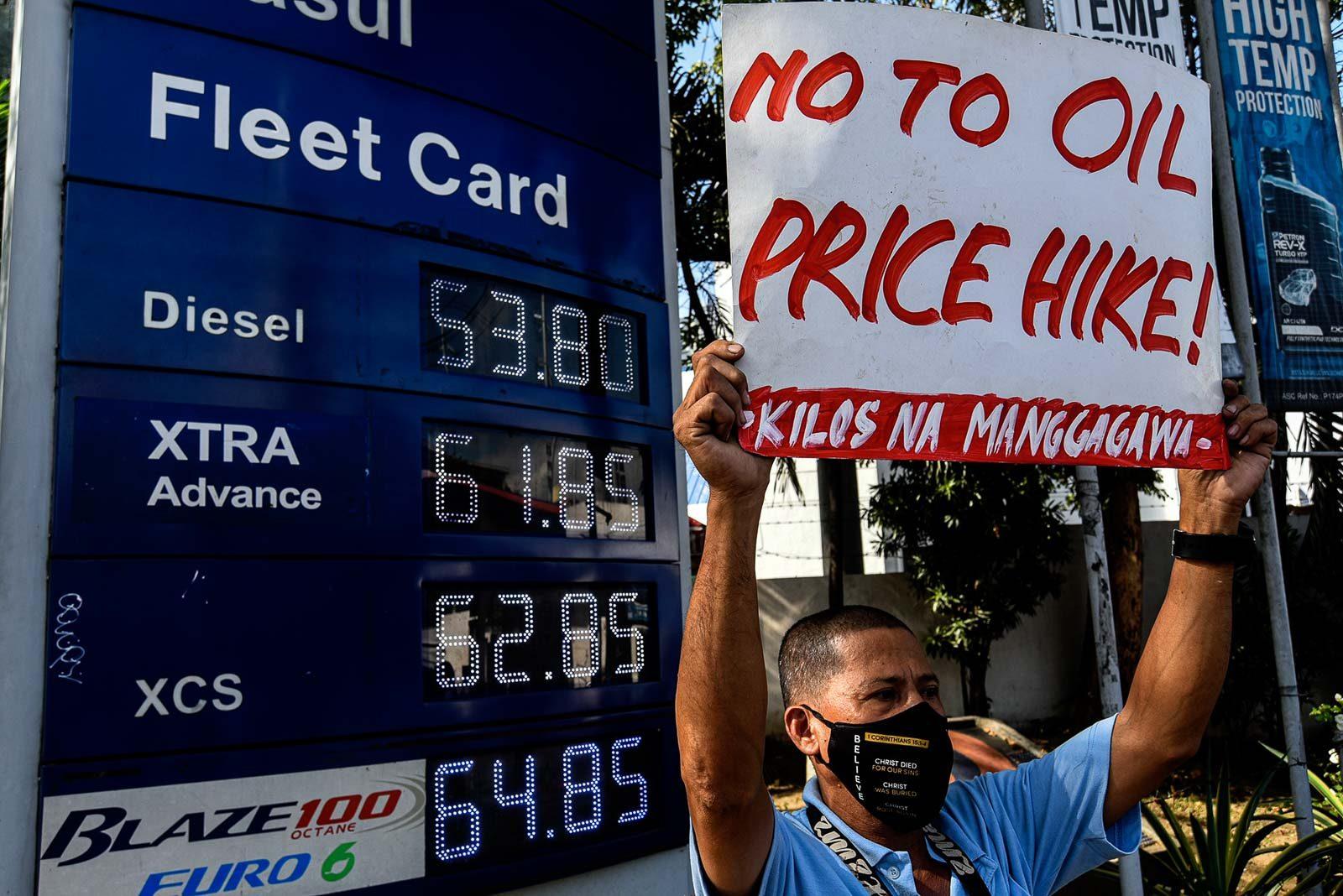
Oil Price Update Philippines: What You Need to Know About Current Fuel Prices
Keeping track of oil price updates in the Philippines is essential for households, motorists, and businesses alike. Whether you’re filling your vehicle’s tank, managing transportation costs, or simply curious about how global events affect local fuel prices, staying informed can help you make smarter financial decisions.
Understanding Oil Price Dynamics in the Philippines
The Philippines, as a net importer of oil, experiences fluctuating fuel prices largely influenced by international crude oil markets, currency exchange rates, and local taxes and margins. Recent geopolitical tensions, supply chain disruptions, and changing demand have been key factors shaping the price per liter of gasoline, diesel, and kerosene.
Key Factors Affecting Oil Prices in the Philippines
- Global Crude Oil Trends: Crude oil prices set the base for local fuel prices. A rise in Brent crude, for instance, often signals higher pump prices.
- Exchange Rate Volatility: Since the Philippines imports oil mostly priced in US dollars, the peso-to-dollar exchange rate can heavily impact costs.
- Local Taxes and Excise Duties: These government-imposed fees directly increase the final price consumers pay at the pump.
- Supply Chain and Distribution Costs: Transportation and operational expenses within the Philippines also contribute.
Latest Oil Price Update Philippines – May 2024
| Fuel Type | Current Price (per liter) | Change Since Last Update | Region Average |
|---|---|---|---|
| Gasoline (Unleaded 95) | ₱68.50 | +₱1.20 | ₱68.30 |
| Diesel (PDiesel 0.05) | ₱58.75 | +₱0.95 | ₱58.50 |
| Kerosene | ₱48.20 | +₱1.10 | ₱48.10 |
Prices above reflect average rates in Metro Manila and neighboring regions as announced in the latest round of price adjustments by the Department of Energy (DOE) Philippines.
How Oil Price Changes Affect Everyday Filipinos
Fuel prices have a direct ripple effect on transportation costs, goods prices, and overall inflation. Some practical implications include:
- Commuting Costs: Higher gasoline and diesel prices increase the fares for jeepneys, buses, and taxis.
- Food and Goods Pricing: Rising fuel costs push up logistics expenses, making everyday goods more expensive at supermarkets and markets.
- Household Budgets: Families often have to allocate more of their monthly income toward transport and utility expenses.
Tips to Manage the Impact of Rising Oil Prices
While fuel prices can be unpredictable, here are some practical tips to help you mitigate their effect:
- Carpool or Use Public Transport: Sharing rides or opting for public transport can reduce individual fuel consumption.
- Drive Efficiently: Avoid rapid acceleration and idling to maximize fuel efficiency.
- Maintain Your Vehicle: Regular servicing ensures your engine runs efficiently, saving fuel.
- Plan Trips Smartly: Combine errands and avoid heavy traffic routes if possible.
Case Study: How a Small Business Navigates Fuel Price Volatility
Juan’s Delivery Services, a small logistics company in Cebu, faced rising operational costs as oil prices surged in early 2024. By adopting fuel-efficient routes, negotiating bulk fuel-buying agreements, and investing in vehicle maintenance, Juan’s team successfully limited cost increases to just 5%, compared to competitors who endured up to 15% hikes. This proactive approach helped them retain customers and maintain profitability.
Future Outlook: What Experts Say About Oil Prices in the Philippines
Energy analysts predict that while seasonal demand may stabilize prices temporarily, ongoing geopolitical uncertainties and global supply constraints could keep oil prices volatile throughout 2024. The Philippine government continues to explore alternative energy resources and policies to reduce dependency on imported oil, aiming for greater price stability in the long run.
Frequently Asked Questions (FAQ)
- Why do oil prices change so often in the Philippines?
- Oil prices fluctuate due to varying international crude oil rates, currency exchange movements, and local tax adjustments.
- Where can I find updated fuel prices?
- The Department of Energy (DOE) Philippines regularly posts official price updates. Many local news sites and gas station chains also provide real-time price info.
- How can I reduce fuel expense during price hikes?
- Utilize fuel-efficient driving habits, carpooling, public transport, and plan trips carefully to minimize unnecessary fuel use.
Conclusion
Staying informed about oil price updates in the Philippines empowers you to make smarter financial and lifestyle choices, whether you’re managing a household budget or running a business. By understanding the factors that influence fuel prices, tracking current trends, and adopting practical strategies, you can better navigate the challenges posed by volatile oil markets. Be sure to check regular updates from reliable sources and prepare accordingly to mitigate the impact of fuel price changes on your daily life.






